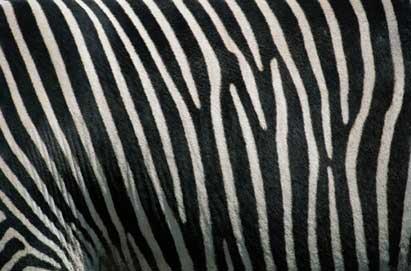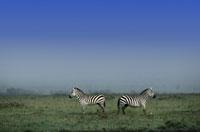Color Games
2001/02/11 Imaz Amiano, Eneko - Elhuyar Zientziaren Komunikazioa
humans colors can have different functions. On the one hand, the colors are decorative: the colors we use to dress, paint the house, make pictures, etc. are the ones we like or like, or we think they are the most suitable for specific places or situations; we select the most suitable for what we want to express or transmit. On the other hand, we use them as codes. Red signs indicate prohibition or similar; that or oranges indicate danger, need to pay attention or something similar; that green is free, etc. The combination and shape of the colors also serve to identify us in logos, ikurriñas, etc.
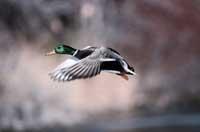
Many animals use colors and color combinations to camouflage. Many use this strategy. Many predators manage to integrate with the environment by their colors, which facilitates their approach to prey. Tigers and other felines, for example, have brown colors and stripes or dark spots, since most live in environments with lights and shadows.
But camouflage dams are also used. Numerous resting birds, insects, reptiles, etc. they become almost invisible thanks to their color. They become cryptic. For example, most fish are dark above. In fact, the sea is quite dark if you look through the air, and so the birds of prey can not separate them so easily, while for the bottom they are usually clear, because it is so if we look up from the bottom. Many animals, in addition to colors, use the body design for this purpose.
"Pride"
In
other cases, animals have bright colors that make them proud. This happens in most cases in males, since in general, the good color and appearance wants to express a good state of health, so in the displays females have more chances to choose this male, with more possibilities of reproduction. In many species of birds males are brightly colored and females of low color.
Trick
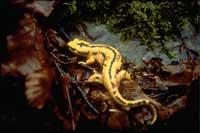
Sometimes
the most important thing is not the color, but the design of images with color. Zebras, for example, have black and white stripes. These animals are very visible and visible from afar. So why have that color? It seems that having so many stripes breaks the appearance of the same animal and predators find it more difficult to distinguish where each zebra begins and ends, or where each part of the body of the zebra begins and ends, making it harder for them to hunt.
Other animals also have prominent figures and thus acquire the appearance of not being, deceive us. Many butterflies, especially the nocturnal ones, have in their wings figures with the shape of an eye, called "ozelos", and so it seems that some large animal is watching you. Many fish also have these ocelos behind the body. Many species of worms and herbaceous plants also have terrible images on the back of the body so that no one assaults them from behind.
Watch out for me!
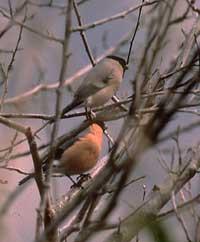
The colors
that express it are known to almost all predators, although they have had some bad experience (once tested many learn). The colors that indicate that an animal is poison, poorly edible or painful and their combinations are universal: combination of black and red, yellow or orange. If someone or something dares to attack wasps, you should know that the adult wasps is extremely painful, as the sting of bees is painful. And even if you don't know, you should be careful, because the body of the listorras is full of yellow and black stripes. The brooches also have a bad taste and have some moons or orange dots that indicate it on both sides of the body. The animal that has ever tasted a joke knows. And in addition, animals that have had such an experience will not try to catch the same prey or other animals of similar colors again. Therefore these colors are universal.
These colors that tell predators that this organism is dangerous or harmful, are technically called "aposematics".
Fraudulent
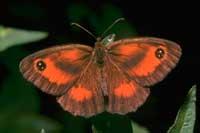
As it
could not be otherwise, among animals there are also scams or they take advantage of the neck of others. These are animals that, being edible, have aposematic colors. For example, some species of flies have colors such as wasps, colors and appearance, as they have the body more slender and elongated than the rest of flies. Butterflies also take advantage of the so-called "mimicry", as well as some snakes and other animals. In any case, you should not have too many scams if you do not want the system to fail. This does
not mean that thanks to the colors these animals have full success in hunting, reproduction and protecting themselves, since there is always a female who has better view than you imagine or does not like the most beautiful.
BUTTERFLIES
In the
case of butterflies, the use of colors is very observable in its development phases. When it comes to caterpillars, they often have camouflaged colors and it is often difficult to separate them from branches, leaves and herbs. Many others have aposematic colors.
For example, the well-known processist does not have very bright colors, but is black and red-brown-brown or brown-brown-brown, to indicate that his little hairs will resent the skin. Finally, in the back there are striking and terrifying shapes and shapes, so that no one frightens them.
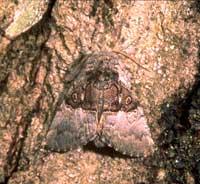
Caterpillars when blowing usually have camouflaged colors. But by creating mature butterflies from the pupa, the diversity of colors is usually great. In many species you can see aposematic colors and in most cases the yellow colors seem to us the most spectacular and attractive. This attraction has put several species in danger of extinction due to its capture for collections. Most aposematic colors are black and red-yellow-brown, but there are also other colors, almost always bright or flashy. The most important thing is that those who eat butterflies identify specific colors and their combinations with a bad taste. But that's why there are butterflies that take advantage of mimicry. That is, butterflies that do not taste bad or are not poisonous but have aposematic colors similar to those of bad taste.
There are also butterflies of various colors. Often when the wings are closed, they have brown colors and shelves, and when the wings expand or fly, they appear bright colors. Thus, when the wings are fixed with closed wings it is very difficult to see and when they fly they are very attractive (this can be a very effective reproductive time).
And to complicate or complicate things more, it can happen that two species of butterflies express through colors that are bad to eat, but both with an almost identical color and image. This is what is known as "muller mimicry" and, in this way, they get more protection than if each has its color or model. This was already known theoretically and thanks to research done in the laboratory, but through a recent experiment in the forests of Costa Rica have discovered that it also occurs in nature.
Published in the supplement Natura de Gara

Gai honi buruzko eduki gehiago
Elhuyarrek garatutako teknologia




